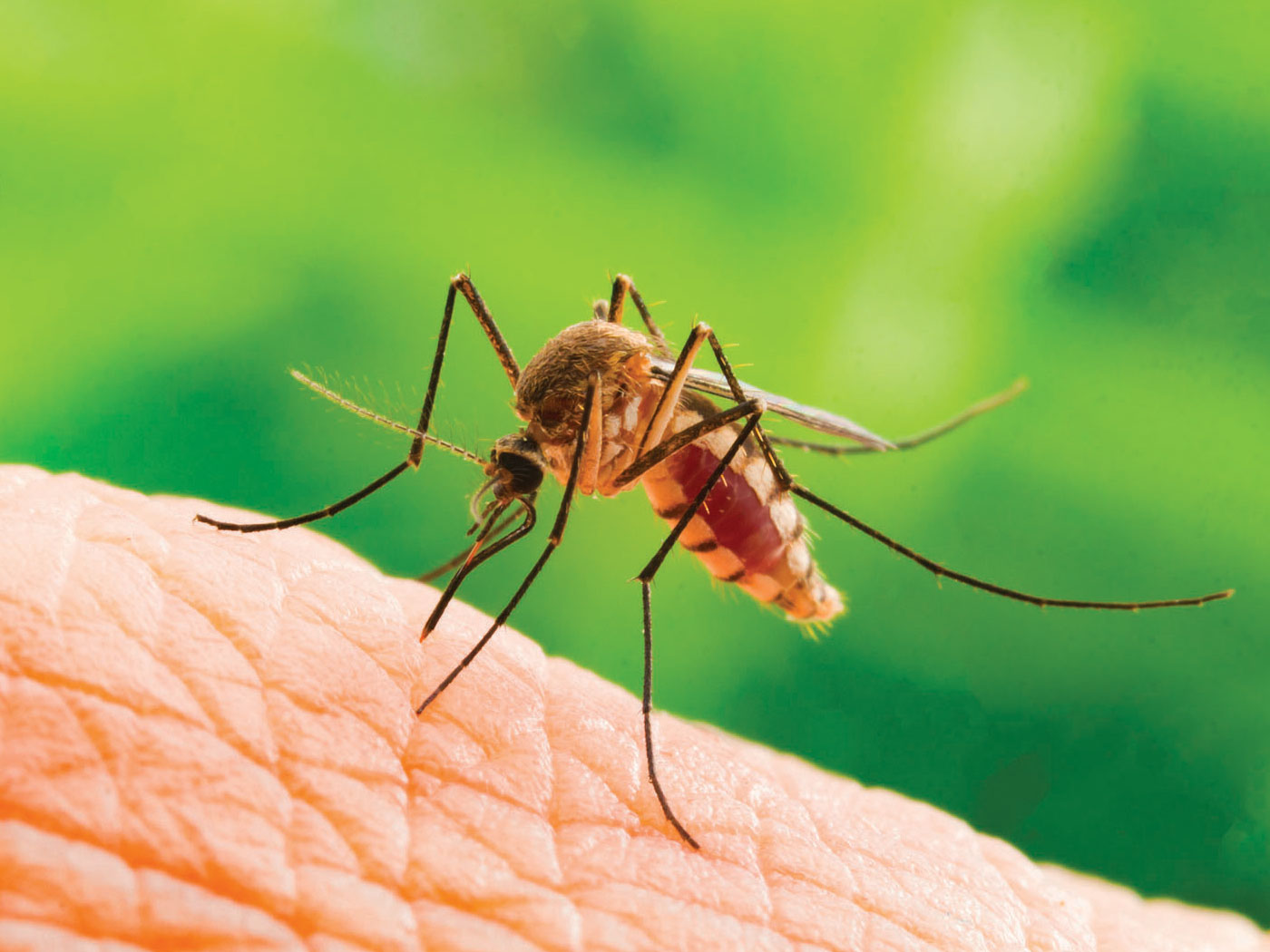Recently, moth fossils imbedded in both ancient amber and rocks have been analyzed in excruciating detail. Using a variety of high-powered microscopes, scientists wanted to see how much evolution occurred in the alleged 200 million years separating the fossils from their modern living versions. But the ancient creatures are exactly the same as the modern.1 So, why didn’t the little rascals evolve?
The ancient creatures are exactly the same as the modern. ![]()
As it turns out, the more fossils we find and evaluate, the worse it gets for evolution. Charles Darwin was astutely aware of the problems the fossil record presented for his ideas, and he hoped that future discoveries would eventually vindicate his proposition of progressive gradualistic evolution over deep time. But the fact remains that throughout the fossil record all basic types of creatures appear suddenly and then stay the same (stasis) for alleged eons of time. Many are still alive today and look just like their fossilized counterparts. In addition, no undisputed evolutionary transitional forms between different types of creatures have been found.
Now a new study in fossil moths continues to undermine any sort of fossil evidence for evolution.1 A group of scientists used optical microscopy, scanning electron microscopy, confocal laser scanning microscopy, and transmission electron microscopy to reveal the detailed structure of wing scales in ancient moth fossils found in both amber and rocks. The Cretaceous amber fossils were alleged to be about 99 million years old and the oldest Jurassic-rock fossils were dated at about 200 million years old.1
Like moths, butterfly fossils also confound evolution—the diversity of fossil butterflies are roughly equal to those alive today. ![]()
Using the wing detail patterns identified in the oldest Jurassic specimens and using computer modeling to prove the optical properties of the scale arrangements, they showed that these ancient moths had brilliant metallic-like colors. But most importantly, the moths and their microscopic details were similar to a living super-family of moths known as Micropterigidaem, who also exhibit patterns of metallic colors through the same high-specialized scales.
Both moths and butterflies are members of the insect order Lepidoptera whose wing colors and patterns are created by optical effects (interference, diffraction, or refraction) rather than by pigments as found in most other animals. The diverse and often startling metallic-like colors arise from the specified arrangements of wing micro-structures that interact with light. And like moths, butterfly fossils also confound evolution—the diversity of fossil butterflies are roughly equal to those alive today. In a research paper on Lepidopteran evolution, the authors state, “Remarkably, the proportion of butterflies among the fossils in number of specimens (some 80 specimens known) is close to the proportions among extant Lepidoptera in species.”2 Very little insect evolution is evident at all in the fossil record, as noted in a recent paper, whose authors state, “species-richness data also tentatively suggest little or no net increase in richness over the past 125 Myr.”3 The major types of insects appear suddenly in a rich explosion of diversity and then stay the same from then on. While these discoveries fit perfectly with the Bible, they utterly defy evolutionary expectations.
Clearly butterflies and moths appeared suddenly on Earth and fully diverse along with showing no signs of evolution. ![]()
Clearly butterflies and moths appeared suddenly on Earth and fully diverse along with showing no signs of evolution, but how did they end up as fossils? The Bible tells us that about 4,500 years ago a global flood destroyed the face of the earth. This violent catastrophe rapidly buried and fossilized billions of creatures which are now found in sedimentary rocks the world over—including many types of insects. The reason these creatures look similar to their living counterparts without any evidence of evolution is that all things were created by God to reproduce according to their kind, exactly as the facts of science have been showing us in discovery after discovery.
References
- Zhang, Q. et al. 2018. Fossil scales illuminate the early evolution of lepidopterans and structural colors. Science Advances. 4 (4): e1700988.
- De Jong, R. 2007. Estimating time and space in the evolution of the Lepidoptera. Tijdschrift voor Entomologie. 150: 319–346.
- Clapham, M. E. et al. 2016. Ancient origin of high taxonomic richness among insects. Proceedings Royal Society B. 283 (1824): DOI: 10.1098/rspb.2015.2476.
Stage Image: Micropterigidaem
Stage Image Credits: Copyright © L. Clark. 2017. Used in accordance with federal copyright (fair use doctrine) law. Usage by ICR does not imply endorsement of copyright holder.
*Dr. Jeffrey Tomkins is Director of Life Sciences at the Institute for Creation Research and earned his Ph.D. in genetics from Clemson University.












